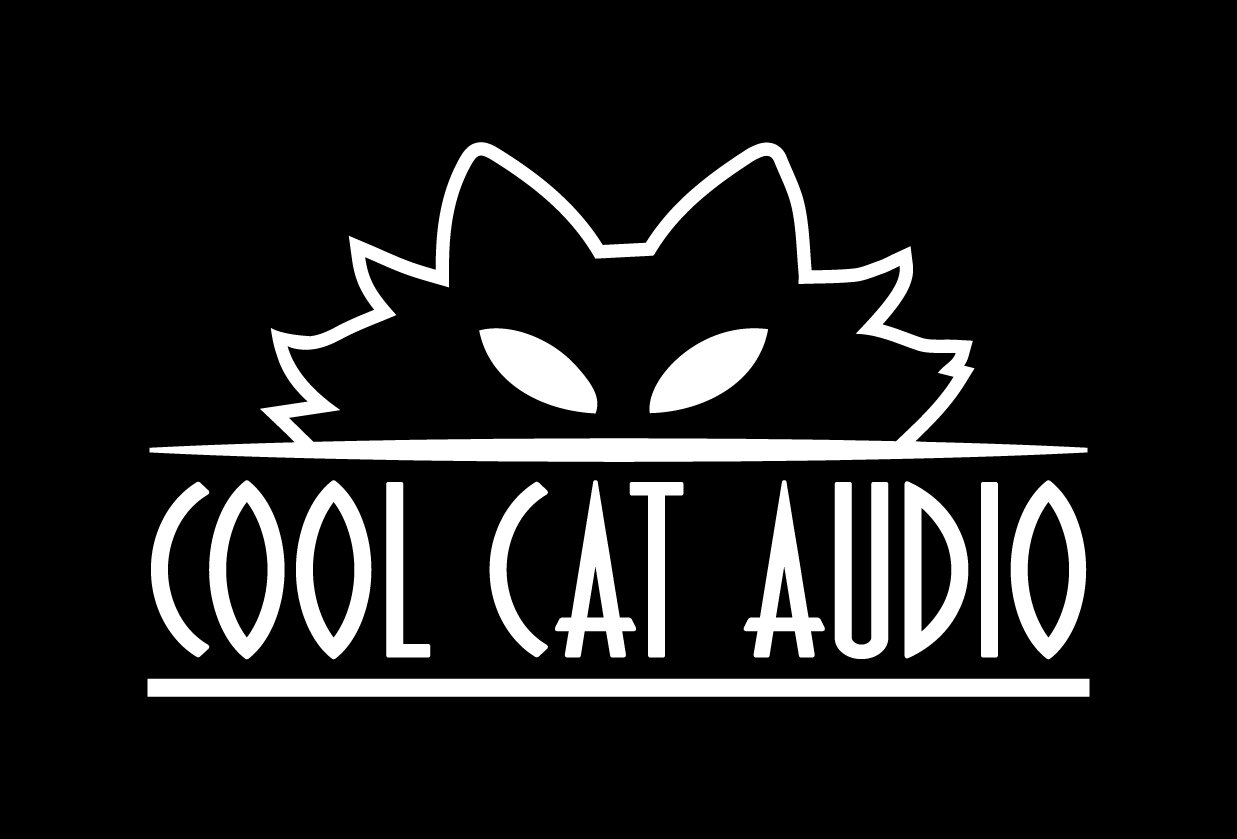8 WAYS TO FIX POST SOUND ON SET
The smartest up-and-coming filmmakers I work with ask for my input regarding on-set practices that will result in better post sound. I’ve dreamed up my own wish list, and consulted others to see what they thought. It seemed like a good idea to publish the results, since it might be helpful to others out there. This is a living document that I hope to update with new suggestions periodically. So if you have any helpful suggestions, please let me know!
One thing I’ve noticed is how much “pre” pops up in this list. As ever, an ounce of prevention beats a pound of cure. Hey, there’s that prefix again. So here goes:
Fix it in prep. If possible, bring your sound supervisor and/ or on-set sound people along for your location scout. They’ll be listening for everything from HVAC to traffic to wind to crickets. Find out ahead of time if your location is under a flight path, next to some white water rapids, or inside a walk-in freezer that can’t be turned off. And when you hear the objections that might come up, either get ready to budget for ADR or…
Listen to your production mixer. This one can be frustrating. It might seem like your on-set recordist is a font of endless downers about HVAC, wind, rain, refrigerators, passing vehicles, etc, and doesn’t want you to roll ever, ever, ever. Sometimes, of course, you just have to make the call and get the shot. To be fair, it’s important for your production mixer to proceed diplomatically with objections. Inevitably, someone will be unhappy with whatever decisions wind up being made. But make sure everyone at least listens to each other’s arguments.
Pre-DR. I’ve had great success with this one in post, though it’s a time suck on set and perhaps not all that popular an idea. And it only works with scripted material. (Or does it?) The concept here is to record all the dialog “wild” after the performances have been developed and captured on camera, with no movement on the part of actors or crew. (It might be more efficient to record each actor’s performance individually, rather than the entire ensemble together.) Since there’s no camera, lighting, or blocking to worry about, the boom can get in as close as desired, and lavs won’t be as easily compromised. Since so much dialog edit hinges on that one word or even syllable that’s lost due to the dynamism of recording to picture, recording it more like voiceover (but with the same gear as during the shoot, thus matching more easily) makes it likelier that these individual moments will be documented as pristine takes to be swapped in, making ADR needs less likely.
I’m sure there might be objections to this method, given the extra time needed on set. But I’ll say that on the occasions where my request for it has been granted, it’s worked magically in terms of providing clean alt takes— the first and best line of defense against damaged dialog— and much cheaper thn ADR. It probably comes down to a cost-benefit analysis.
Always roll sound. Seriously, always, even if there’s no dialog. Do you really know whether audio recorded on-set will be usable? Do you really want me to have to Foley somebody making a sandwich for no reason? Spoiler alert: the answer is no. Just roll audio. Please! It’s really not that hard. :)
The pause that refreshes. Sound editors are often bedeviled by the need to fill in troubled pauses between lines with room tone. Even when it’s possible to keep the crew quiet enough to record room tone for 30 seconds, the result usually doesn’t match the “silence” between actual lines from shot to shot, wherein the mics are aimed this way and that, often resulting in a very different tone. What’s often needed for dialog fill is, rather, some “silence” from the actual angle of the shot in question. And as revealed in this episode of the excellent Sound Girls Podcast, director Mark Rydell found a way to help with this by pausing at the beginning and end of shots. At the start he’d say “And… action”, and conclude by saying “And… cut”, the pause between words providing his sound editor a few precious moments of shot-specific fill with each take. This is brilliant, time-efficient, and easy to do. If you direct film or video content of any kind, please do this!
Record backgrounds/ incidentals if there’s time. It’s wonderful if ambiences and on-set non-dialog sounds can be documented and delivered. On the other hand, production sound folks often work the same grueling hours as everyone else, so it’s understandable if this falls by the wayside. If your film is light on dialog and your sound folks are sitting around a lot, you might suggest that they gather some other material. Bu please leave my name out of it. Haha.
Communicate with post if possible. If your production mixer gets the chance to contact whoever will be editing and mixing sound downstream, it will likely be beneficial to have some sort of a conversation about workflow, efficiency, desirable deliverables, etc. In my experience, there’s no way to predict what said benefit will be. And it might result in more work. So everybody has to balance their needs and wants here. But these conversations yield productive insights, so do with this recommendation— and all those previous— as you will.
Use as many mics as you can. This is hopefully self-explanatory. Do you need to hide a mic in that potted plant to capture the three words spoken when someone turns away from the boom? Then please do!
Thanks for reading this, and happy shooting.
